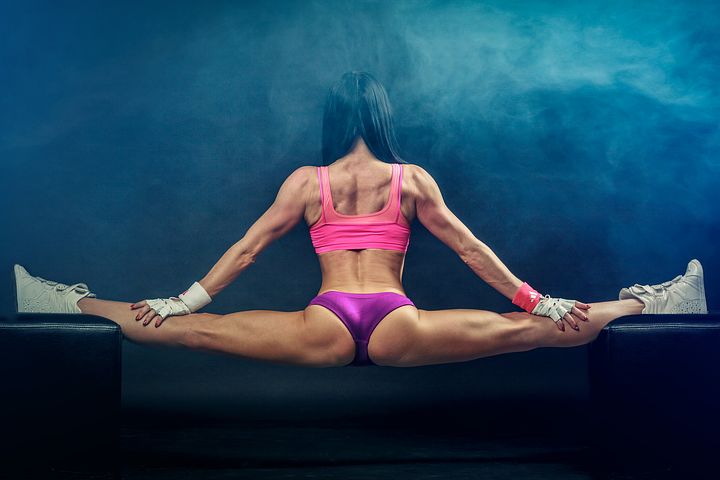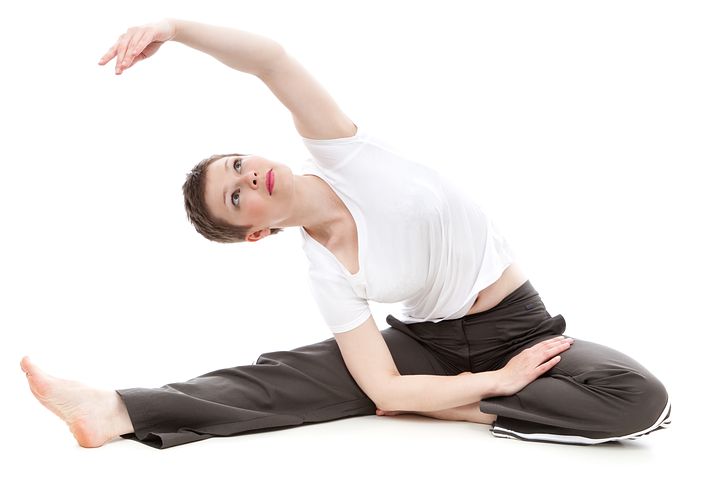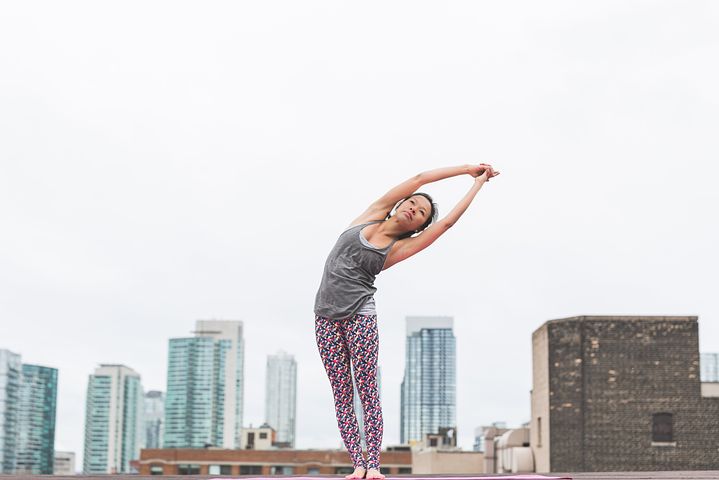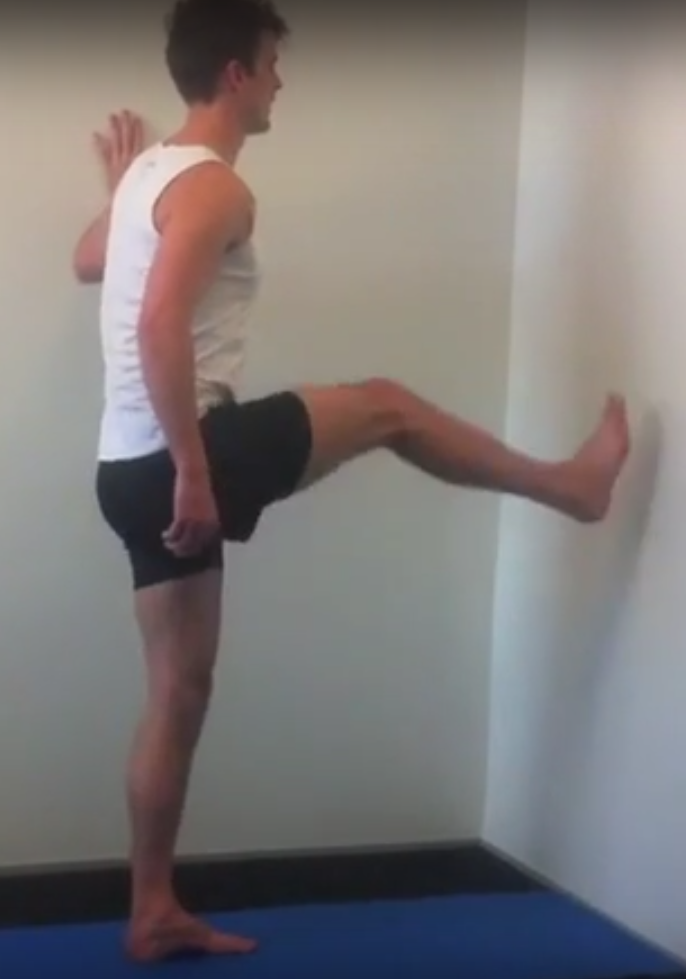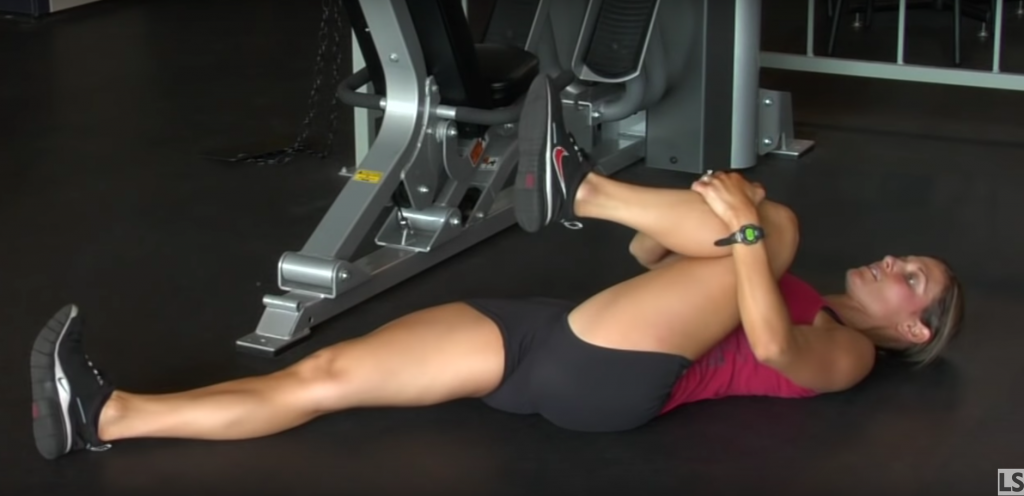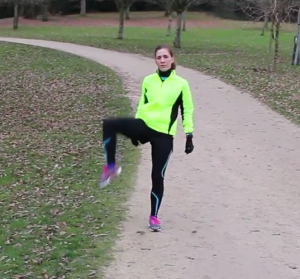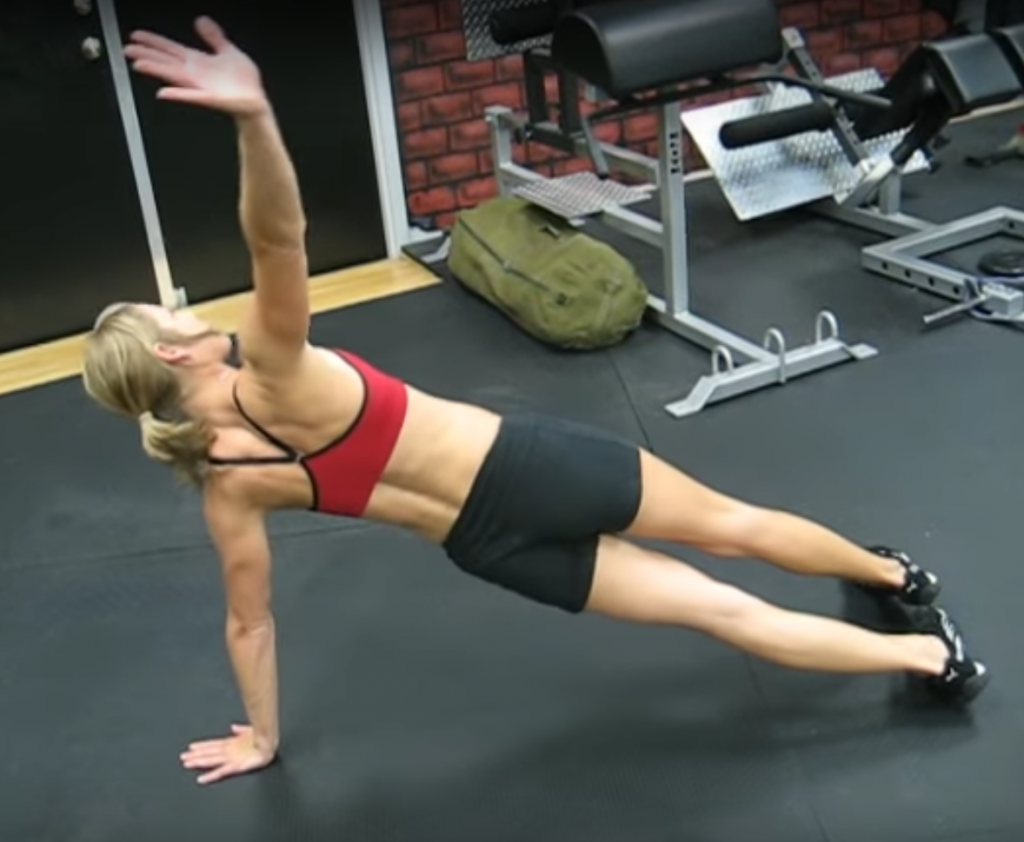This week, TargitFit is pleased to bring you an informative fitness article by Jonathon Colon:
Stretching is one of the essential parts of exercise; a good stretch can really improve the quality of your workout. Also, proper stretching can protect you from nasty injuries, so make sure you always stretch before your workout. Here are some things you should know before you get into the ten best dynamic stretches!
What sports can these stretches work for?
The great thing about these stretches is that they can be performed for all sports. Whether you are looking for good running stretches, useful stretches before skateboarding, or effective stretches to do before lifting weights, you will be able to find the best stretches for your sport.
These stretches will provide you with a good start for all sports, and give you the best opportunity to perform at your highest potential.
What is dynamic stretching?
Dynamic stretching is a term not many people have heard of. This technique of stretching was first used by athletes decades ago as an effective preparation for running, hurdles and many more sports. Dynamic stretching can improve overall power, endurance, and coordination.
There are two main types of stretching, dynamic stretching and static stretching, and it’s essential to know the
Static Stretching
Static stretching is commonly used all around the world by many different athletes. Static stretching is when a stretch is held in a comfortable position for around 10 to 30 seconds with no movement. Static Stretching is the most commonly used stretch technique and is known to help improve flexibility and range of motion for functional movement. Static stretching is a good and safe way to stretch, but dynamic stretching trumps this style in many ways.
Dynamic Stretching
Dynamic Stretching is the newest type of stretching and is used by the best of the best athletes. This type of stretching requires lots of power but definitely pays off. Dynamic stretching is performed by moving through challenging yet comfortable motions a few times. However, dynamic stretching requires more coordination and power that static stretching due to the movement involved. Basically, Dynamic stretching is when the move is controlled and smooth. It’s an effective way to gain power and get warmed up for any sport or workout!
Why should I stretch?
This is a common question that has some validation. Why should we stretch? Surely it doesn’t improve performance, right? Well, that’s what I used to think, but it’s an entirely wrong assumption to make.
It’s recommended to perform a brief stretching session before every workout, no matter what you’re doing. Flexibility is one of the five keys to fitness, and stretching is a vital part of that. Stretching reduces your muscle stiffness and increases your range of motion. Stretching allows you to move more freely with more power in your strides.
Stretching also improves posture and helps keep your back in better alignment. However, one of the main reasons you should be stretching is because it helps reduces the chances of injury when working out.
Injury can be a massive blow to many goals that you may have, making stretching so important for your goals and workout. By increasing your range of motion with dynamic stretching, a muscle is much less likely to be injured through sudden movements.
Warm up vs. Stretching
Another common question is, “What is the difference between a warm-up and stretching?” A warm-up is used to gradually increase your heart rate, which allows for more blood flow and oxygen into our muscles. It progressively warms the body, whereas stretching is used to maintain a good range of motion and improve flexibility. A 5-10 minute warm-up will prepare the body for more intense movements and exercises. A classic warm-up would be a traditional slow jog or just something to get the blood moving in your body.
THE BEST DYNAMIC STRETCHES
Now that you know what you need to know, here are the ten best dynamic stretches to get your prepared for any workout!
1. Leg Swings
One of the more basic dynamic stretches, this a great starting stretch to get you ready for more advanced stretches. For this stretch, you should hold onto a wall or anything you have in front of you, and swing your leg all the way back and all the way forward.
2. Lunge Twist
Another excellent beginner stretch that gets your legs moving! First, stand up straight with your legs shoulder-width apart. Then, take a giant stride forward into a lunge position before rotating your body to the side that you are lunging with. Alternate to your left side to get the most out of the stretch.
The Knee to Chest stretch is one that gets you moving and tests your flexibility. If you aren’t able to perform this stretch or any other on this list, don’t worry. If you keep going at it, you’ll get it!
There are two ways to perform this dynamic stretch, you can either perform it standing up or laying down. We recommend you do it laying down to start, but as you gain flexibility, it becomes quite easy to perform standing up.
Start by laying straight down on your back, then grab your knee with both hands and lift it as high as you can; this is a great stretch to get your legs moving. Perform the stretch with both knees to get optimal results.
4. Runners Lunge
This stretch is like a standard lunge, but with some added movement so you get that blood flowing through your body!
The runners lunge provides a deep stretch for your hips, and is excellent for skateboarding and many other sports. This pose will allow you to open your hips and feel loose. To perform this stretch, you want to get in a plank position with your spine nice and long. Then bring one your legs up to where your hand is, and allow your hips to relax. Then, let your hips sink toward the ground. Make sure you switch sides to get the best flexibility results.
5. Inchworm
Now, this is one of the more advanced stretches on the list. This move will activate your core muscles in your stomach and is an excellent stretch for hamstrings. Inchworm is one of the best stretches to perform before running.
To perform this stretch, reach towards your toes while keeping your knees straight, which is a hard thing to achieve and takes lots of flexibility. Once your hands are touching your toes, start to walk your hands in front of you but make sure to maintain control. At that point, you’ll be in a high push position; next, begin to walk your feet up to your hands, pushing your butt in the air. Overall, this is a hard stretch and will take many practices to master.
6. Open The Gate
Open the gate is an excellent stretch for all sports that have leg movement, and for any workout that uses your legs. It’s an excellent stretch for your thighs and hips.
This stretch is a relatively simple; most fitness levels can perform it. To complete this stretch, lift your leg up so your thigh is at waist height. Then, move your leg out to the side, creating a motion like you’re ‘opening the gate’. Try to hold the stretch for 3 seconds, then return to the starting position and repeat with your opposite leg.
7. Side to Side
This is a stretch that will test your legs and flexibility levels — it’s an excellent stretch for your hips and the sides of your body, which can be a hard place to get a good stretch.
To perform this stretch, get into a squat position leaving one leg bent, and extend the other leg out straight. Try to stay in the position for around 30 seconds, but bounce your torso up and down to get your body moving. Swap sides and perform a few times for desirable results!
8. T Push Up
No stretch on this list takes more power and core strength than this one. If you can perform it–kudos! If not, you’re just like me. It took me a long time to gather the strength to accomplish this stretch many times over and over.
The best way to gain power for this strength is to get good at standard pushups. Doing regular push-ups will create a good base for this stretch. To perform the stretch, you have to start in a pushup position. Perform a pushup then, as you go back up, lift your arm in the air, creating a T-Position with your body. Make sure you alternate sides every time. And keep practicing–this is a hard stretch!
9. Leg Crossover
This move will stretch your hips and hamstrings, the perfect stretch for all workouts and sports, from skateboarding to hurdles!
To perform this stretch, lay on your back with your arms straight and extended. Bring one knee up so that it is aligned at a 90 degrees angle to the hip. Then, pull your leg across your body and keep the extended arm straight. This is a difficult stretch, so getting used to the movement will take some time. Like always, make sure you alternate sides so you can improve the flexibility in both, not just one leg!
10. High Knees
Finally, after all, these stretches, we have the high knees dynamic stretch. High Knees is a crucial stretch that’s very dynamic and takes lots of power. The stretch is aimed towards your lower body and increases the motion range of your lower hips and knee joints.
To perform this stretch, you should have some room ahead of you to walk into. Lift your knee to your waist at a 90-degree angle, then run, lifting one knee at a time. When doing this stretch, make sure you keep your core tight and keep switching knees.
Hopefully, you now understand the importance of dynamic stretching to get the best performance for whatever sport or workout you’re planning to do. Every move on this list provides a unique and fantastic stretch, whether you’re a runner, powerlifter, bodybuilder, or skateboarder.
This article first appeared on SkateSphere.com.
Jonathon Colon is a professional skater who now helps aspiring skaters learn about how to improve their skating skills, and spreads this message on his blog. Jonathon was obsessed with BMX riding at a young age, but after receiving his first skateboard at the age of 11, he has never looked back and,to this day, continues to improve his craft.

